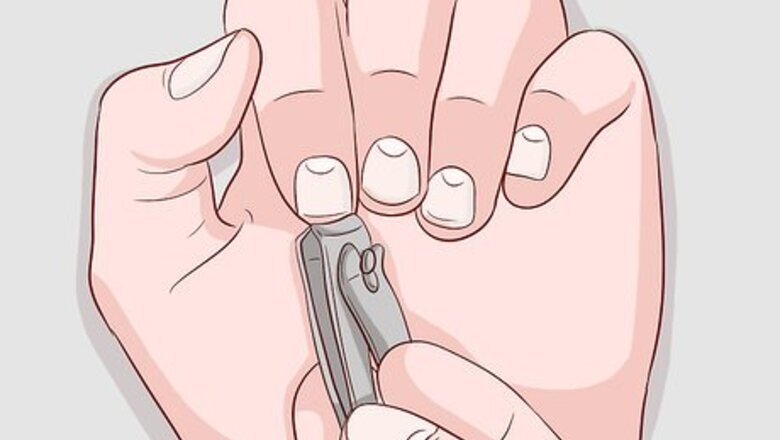
views
Tending to Your Nails
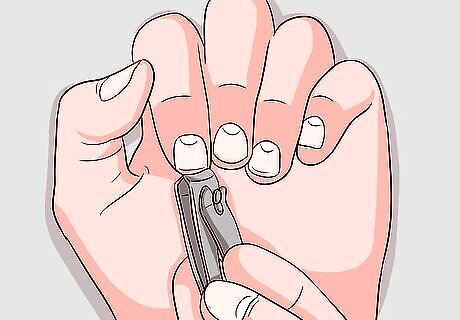
Trim your nails straight across. This will help you avoid ingrown nails. Also, try to cut your nails right after you’ve showered or bathed so that the nails are softer. If you’d like to soften the corners or edges of your nails, use a nail file or emery board. File in a consistent direction to prevent weakening your nails. Filing back and forth severely damages nails over time. Disinfect your nail care tools monthly in 70 percent or stronger isopropyl alcohol. To maintain nail flexibility and prevent nail splits, moisturize your nails after trimming them.

Avoid harsh nail polishes. Ones that contain ingredients like formaldehyde and dibutyl phthalate weaken the nail. Furthermore, repeatedly using bold pigmented colors can cause your nails to become yellowed or weakened. If you like using bold colors, try going “all natural” periodically between wears to give your nails a break.
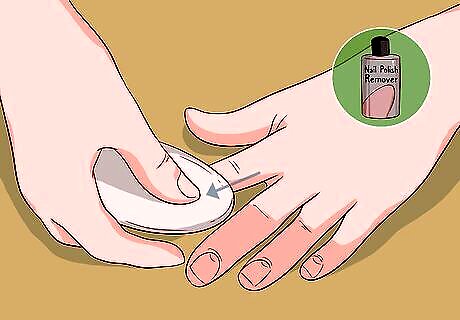
Use gentle nail polish remover, a base coat, and a top coat. Acetone-free nail polish removers are mild and prevent your nail from drying out. When painting your nails, base coats help prevent your nails from getting stained. Top coats decrease the likelihood of the nail polish chipping, and lessen the frequency with which you have to remove the nail polish.

Moisturize your nails with oil to keep them flexible and strong. Like other areas of your body, your nails can benefit from being kept hydrated. Before going to sleep, try dabbing almond or avocado oil onto your nail beds and cuticles to stop them from getting dry, brittle, or flaky. If you don’t have almond or avocado oil, use lip balm. Cuticle moisturizers are also available for purchase at drug stores and beauty stores.
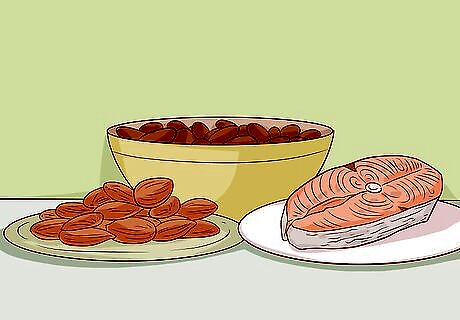
Add protein and omega-3 fatty acids to your diet. Keratin, the protein that makes up your nails, can be better produced if you’re consuming more foods like fish, nuts, and beans. You can also try taking daily supplements like biotin and fish oil, which can be found at your local grocery or health food store. Vitamin B can also strengthen your nails, zinc can help eliminate white spots, and iron can help stop the formation of nail ridges. Vitamins A and C can help make your nails more hydrated and glossy. The recommended daily amount of protein is .8 grams (0.0018 lb) per 1 kilogram (2.2 lb) of your body weight. There is no recommended daily dose of omega-3 fatty acids.
Avoiding Damage to Your Nails

Avoid keeping your nails in wet or dirty environments. Conditions like that encourage the growth of bacteria beneath your nails, which can be difficult to dislodge. Furthermore, repeated lengthy contact with moisture can increase your likelihood of getting split fingernails. If you frequently wash dishes, garden, or clean with harsh chemicals, try wearing rubber or plastic gloves that can protect both your skin and fingernails from undue stress.
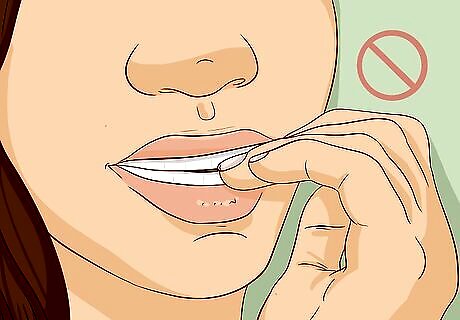
Take steps to stop if you bite your nails. While this can be a difficult habit to break, it’s important because your mouth has germs and bacteria that can easily enter your body through abrasions created by your teeth. Try protecting your nails by painting a layer of clear gel on them, which may be more difficult to bite through. You can also try using a nail polish that tastes bitter, so that the nasty taste discourages you from nail chewing.
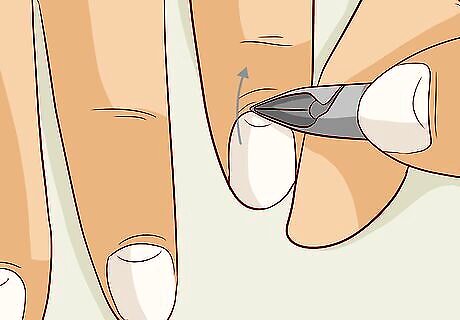
Refrain from cutting and picking at your cuticles. While they may not always be aesthetically pleasing, cuticles actually protect your nail bed. Every time you trim your cuticles, you run the risk of giving yourself microcuts that will allow contaminants like bacteria and fungi into your body. Those, in turn, can cause an infection. If you absolutely need to make your nails appear more elongated, carefully push your cuticles away from your nail tips with the flat edge of a wooden orange stick. It is a myth that regularly cutting your cuticles means they will grow faster when you stop.
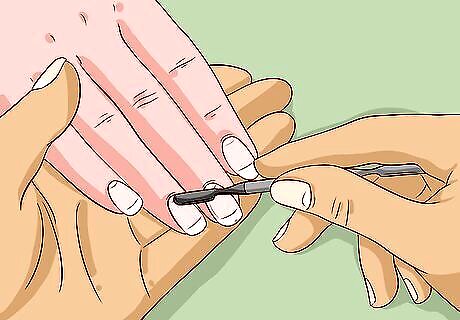
Exercise caution when getting manicures and pedicures. Ask your nail technician to leave your cuticles untouched, and make sure the tools they use are sterilized. You should also check that the foot baths are disinfected with bleach solution between appointments, to prevent the transmission of foot diseases. Acrylic and gel manicures are hard on your nails, and the UV light used to set gel manicures can harm your skin and even increase the risk of cancer. If you do get a gel manicure, don’t peel it off, as that will tear away layers of your nail too.
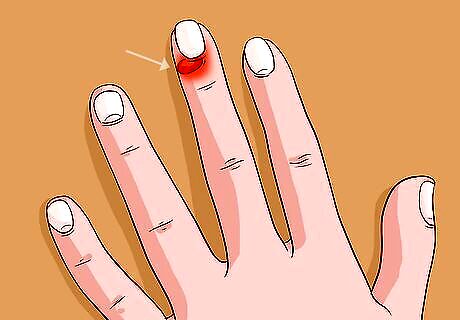
Consult a doctor if your nails regularly cause you pain. If your nails are healthy, they will have no spots or discoloration, they will be the same color and flexibility everywhere, and they will lack craters or depressions. The cuticles should be present, and the nail bed should be a whitish-pink color. Things like pain, swelling, or blood in the nail area are cause for concern. You should also see your doctor if your nails stop growing out or start curling. However, vertical ridges running the length of the nail are normal.




















Comments
0 comment